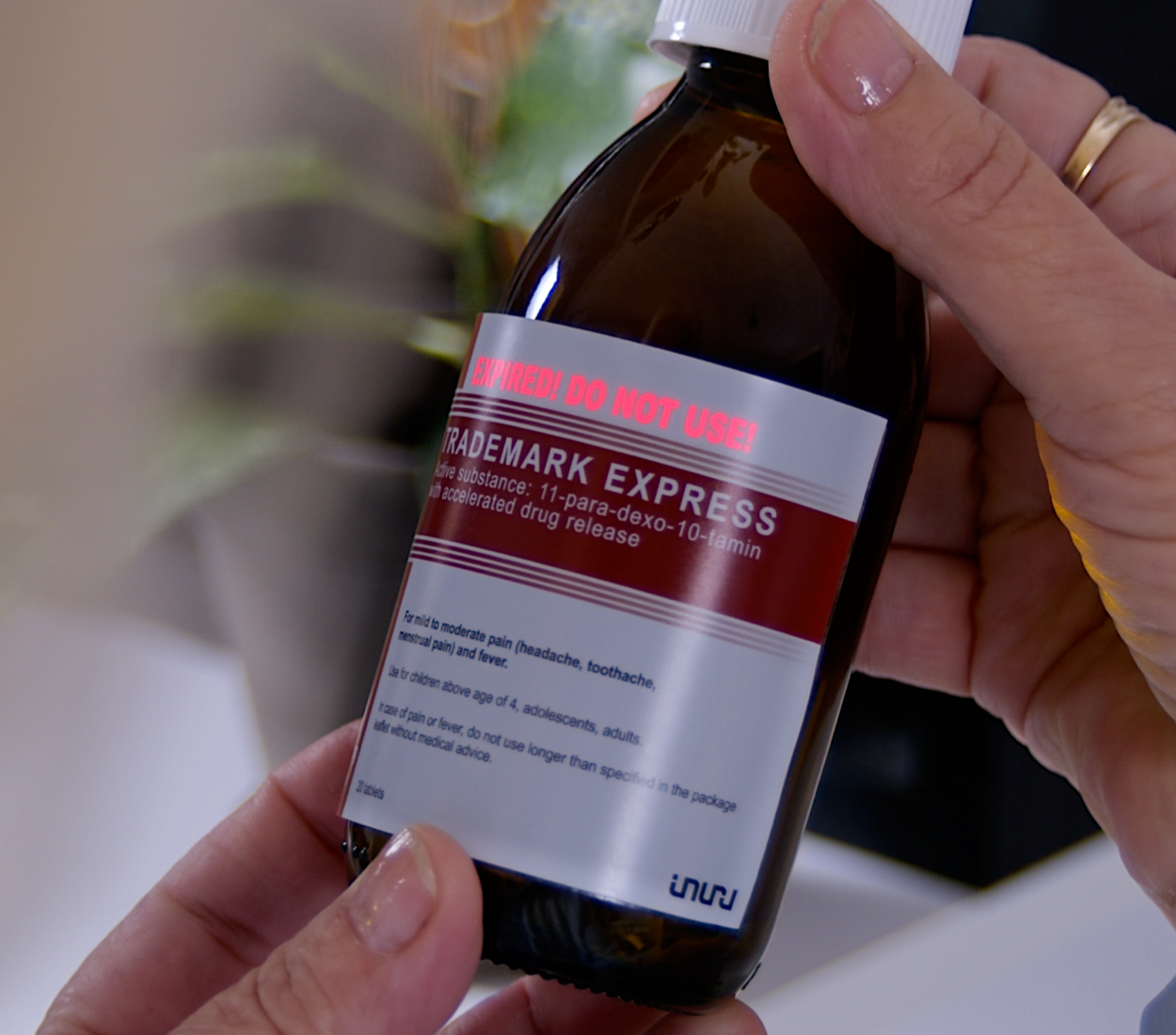An OLED manufacturer is a company that develops and produces organic light-emitting diode (OLED) technology, including thin, flexible, and self-emissive light panels. While traditionally used in displays for TVs, smartphones, and laptops, modern OLED manufacturers also create safety wearables, medical packaging with expiry indicators, and smart retail solutions, shaping innovation beyond screens.
Modern OLED manufacturers now create solutions for safety wearables, smart medical packaging, and innovative healthcare applications. Unlike traditional displays, OLEDs are self-emissive, meaning they generate their own light without requiring backlighting. This allows for ultra-thin, flexible, and glare-free integration into textiles, packaging, and medical solutions.
In short, OLED manufacturers play a critical role in expanding visibility, safety, and sustainability across industries.
See how OLEDs work in this video:
The history of OLED technology dates back to Eastman Kodak in the 1980s, when Ching Tang and Steven Van Slyke first demonstrated electroluminescence in organic thin films. By the early 2000s, Sony and Pioneer began testing OLED displays in cameras and car stereos.
The real breakthrough came in 2007, when Sony launched the first OLED TV (the XEL-1). Shortly after, Samsung Display invested heavily in AMOLED (Active Matrix OLED) production, making OLED screens mainstream in smartphones like the Galaxy S series.
But OLEDs are no longer confined to screens. Manufacturers are now innovating in:
This expansion positions OLED manufacturers as cross-industry innovators, transforming not only consumer electronics but also safety, healthcare, and sustainability.
OLEDs are created using organic semiconductor materials that emit light when an electrical current passes through them. The core process involves:
While traditional OLED manufacturing requires expensive cleanroom facilities, printed OLED technology — pioneered by companies like Inuru — enables scalable and cost-effective production. Printed OLEDs can be applied to curved, flexible, and disposable surfaces, opening applications in textiles and packaging.
This shift to printing-based manufacturing is key for industries seeking low-cost, large-scale adoption.
A frequent comparison is made between OLEDs and LEDs. While LEDs are point light sources, OLEDs are surface light sources. This has critical implications:
Research from Fraunhofer FEP demonstrates OLED integration into textiles, packaging, and medical prototypes, proving their potential beyond displays (Fraunhofer FEP OLED textiles).
Workplace visibility can mean the difference between life and death. According to the European Agency for Safety and Health at Work, thousands of workers are injured every year due to low visibility.
Conventional reflective vests only work when illuminated by external sources like car headlights. If a worker is approached at an angle or in poor weather, reflectors may fail.
OLED-equipped safety wearables solve this by:
A study at Iowa State University’s InTrans confirmed that self-illuminating LED/OLED vests significantly outperform reflective tape, especially at 10–30° off-axis viewing angles.
OLEDs are also transforming the world of smart packaging. Traditional packaging is static — expiry dates, branding, and safety warnings are printed and passive. OLED technology makes packaging interactive and dynamic.
Examples include:
A 2023 study in Nature Electronics highlighted the scalability of printed OLEDs for low-cost disposable packaging, proving their readiness for global retail adoption.

OLED manufacturers are enabling innovation in medical packaging and compliance tools, offering new ways to improve patient safety and healthcare outcomes.
Examples include:
These applications show how OLED manufacturers are extending their impact beyond displays, directly contributing to public health, compliance, and pharmaceutical safety.

Another advantage of OLED manufacturing is sustainability:
This makes OLEDs an eco-friendly alternative for industries under pressure to meet climate and ESG targets.
The global OLED market is growing rapidly. Reports by IDTechEx and Grand View Research project multi-billion-dollar growth by 2030, fueled not only by consumer electronics but also packaging, safety, and healthcare applications.
OLED manufacturers like Inuru are at the forefront of printed OLED technology, which promises low-cost, high-volume production for everyday objects. Fraunhofer FEP continues to drive R&D into OLED textiles and wearables, while Samsung Display and LG Display focus on large-screen devices.
The diversity of applications shows that “OLED manufacturer” now spans consumer electronics, industrial safety, healthcare, and sustainable packaging.
An OLED manufacturer is far more than a display supplier. These companies are shaping the future of safety, healthcare, packaging, and sustainability.
Their unique advantage lies in OLED’s self-emissive, glare-free, and flexible design, which enables integration into objects never before considered “light sources.” From safety vests that save lives to smart drug packaging that ensures compliance, OLED manufacturers are building the foundations of smarter, safer, and more sustainable societies.
As OLED printing scales globally, we can expect OLEDs to move from premium devices into everyday essentials — transforming how we work, consume, and protect our health.
Ready to explore how OLED technology can transform your products and applications? Contact Inuru today to learn more about our solutions in safety wearables, smart packaging, and medical innovation.
SOURCES:
(1)www.fortunebusinessinsights.com/printed-electronics-market-109706
(2)https://www.oled-info.com/tags/phosphorescent
(3)https://www.energy.gov/eere/ssl/efficacy-45-lmw-achieved-white-oled
(5)https://www.nature.com/articles/s41528-025-00421-8
(6)https://www.fep.fraunhofer.de/en.html
(7)https://www.intrans.iastate.edu/research/completed/
(8)www.precedenceresearch.com/oled-market
(9) www.marketresearchfuture.com/oled-materials-market-11779
(10)www.marketresearchintellect.com/global-flexible-printed-oled-displays-market
(11)https://www.fep.fraunhofer.de/en/press_media/Pressemitteilungen2019/04_2019.html?utm
(12)www.inuru.com